The effect of training using the 4D PRO device on the starting speed and digital level in abdominal crawl swimmers for juniors"
Main Article Content
Abstract
The aims of the research is to identify the effect of (4D PRO) training on the speed of the starting distance and the emerging digital level of the Crawl Swimming on the stomach, as the researchers used the experimental method and the researchers used the experimental design using Pre- and Post- measurement, due to its suitability to the nature of the research, and the basic research sample included (15) swimmers who were deliberately selected from the swimmers of the Beni Suef Sports club. The results of the research showed the effectiveness of the proposed 4D PRO training and identified the extent of its effect on the speed of the starting distance and the emerging digital level of the crawl swimming on the stomach, and the researchers recommend the necessity of using 4D PRO training because of its positive results proven in research
Article Details

This work is licensed under a Creative Commons Attribution-NonCommercial 4.0 International License.
References
Abu Al-Ala, A. A. F. (2003). Swimming Training for Higher Levels (1st ed, p. 13). Dar Al-Fikr Al-Arabi.
Al-Hajj, K. T. (2017). Basics of Sports Training. Dar Al-Janadriyah.
Dakhil, Y. A. E. A. (2024). The effect of resistance exercises in an aquatic environment on some physical variables and the achievement of the 100-meter freestyle running. Journal of Studies and Researches of Sport Education, 34(4). https://doi.org/10.55998/jsrse.v34i4.800
Hossam El-Din, A. H. Q., Rasha, A. M., Al-Husseini, F. R., & Gamal, A. N. M. A. (2023). The effect of a training program using the (4D PRO) tool on some physiological abilities of a young 100-meter crawl swimmer. New Valley Journal of Sports Sciences, 8(2), 1–19. https://doi.org/10.21608/mnvs.2023.314712
Kadhim, M. A., Aldewan, L. H., & Azzal, Y. H. (2021). The effectiveness of the formative learning model in raising the level of cognitive achievement of swimming subject for first-stage students. Journal of Studies and Researches of Sport Education, 69, 11–22. https://www.iasj.net/iasj/article/213027
Khaled, M. A. K. (2002). A study of the body composition and special physical fitness elements of young short-distance swimmers [Unpublished master’s thesis]. Assiut University.
LAMYAA, H. M. A.-D., Mustafa, A. R. K., & Yassin, H. A. (2020a). The Effect of Constructive Learning Model in Teaching the Constructive Learning of Freestyle Swimming for First Grade Students. Journal of Studies and Researches of Sport Education, 63. https://www.iasj.net/iasj/article/205247
LAMYAA, H. M. A.-D., Mustafa, A. R. K., & Yassin, H. A. (2020b). The effect of teaching according to the Realistic Learning Model in teaching the technical performance of freestyle swimming for first grade student Abstract. Journal of Studies and Researches of Sport Education, 62.
Mona, S. A.-S., & Alia, H. H. (2007). A proposed training program using land and water exercises to improve some physical characteristics and skill level of dolphin and junior swimmers, published scientific research. Journal of Sciences and Arts of Physical Education, Faculty of Physical Education for Girls, Helwan University.
Mushref, A. J., Hummadi, J. N., & Bouslah, N. (2024). The effect of exercises using the 4D Pro tool on developing a number of special physical variables and some skills on the artistic gymnastics jumping table for men. Rawafed Journal for Studies and Research in Sports Sciences, 4(1), 12–20. https://scholar.google.com/citations?user=HVXKHBEAAAAJ&hl=ar
Mustafa, Z. M. (2009). The effect of an isokinetic training program to develop muscular ability to start, rotate, and the digital level of 100-meter crawl swimming for juniors [Unpublished master’s thesis]. Assiut University.
Sarah, S. Z. (2019). The effect of a training program using the 4D PRO tool to improve the special physical abilities and digital level of butterfly swimmers [PhD thesis]. Helwan University.
Wafika, M. S. (2000). (Water Sports – Their Objectives – Training Methods – Training Foundations – Evaluation Methods). Maaref Establishment.
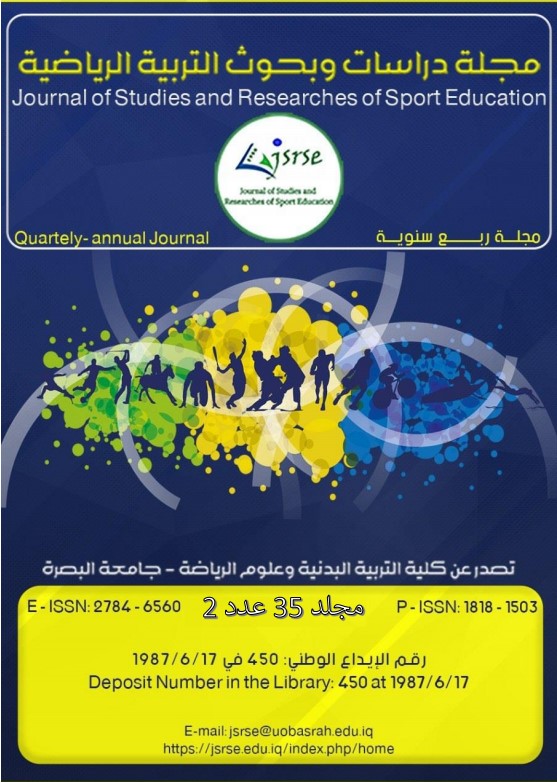




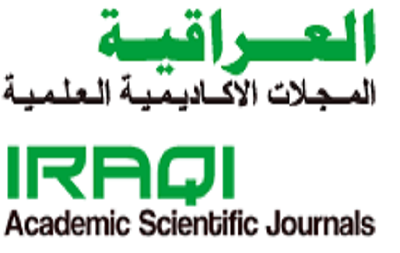 IASJ
IASJ CC-BY-4.0
CC-BY-4.0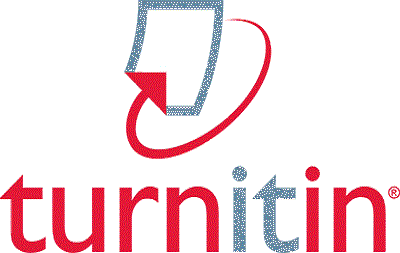 turnitin
turnitin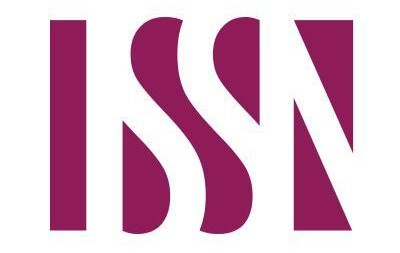 ISSN
ISSN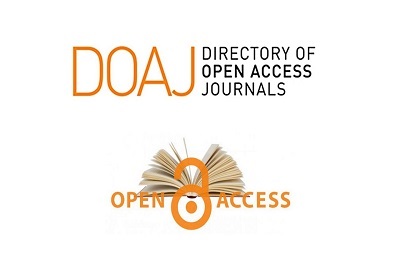 DOAJ
DOAJ Crossref
Crossref GoogleScholar
GoogleScholar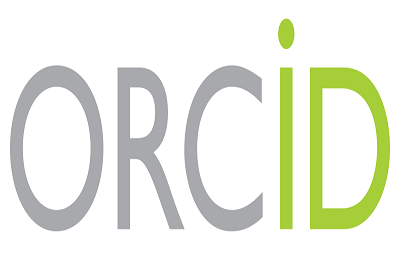 Orcid
Orcid